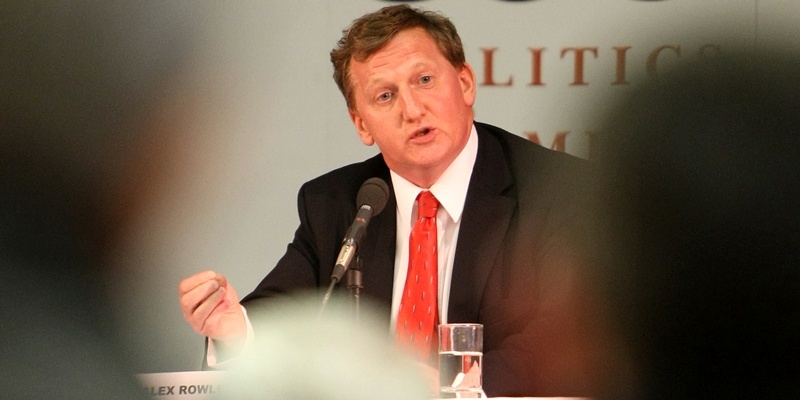Fife Council’s leader has accused windfarm developers of flouting planning policy in the pursuit of profit.
Councillor Alex Rowley made the allegation as the local authority embarks on a review of guidelines for land-based turbines, and seeks to impose a moratorium on determining windfarm planning applications.
He also called for greater clarity on the amount of money being made from wind energy, and said he hoped to help communities benefit from building their own turbines.
Mr Rowley told the Courier: ”It is important that we set out clear guidelines as to where is acceptable for these large industrial structures.
”We do have policy on this, but it is clear that many of those developers who wish to take advantage of the massive profits to be had are ignoring those guidelines and trying to push on offering, in many cases, to make small amounts of money available to local communities.
”We, therefore, need a framework linked into the development plan that gives the council the ability to refuse such applications at a much earlier stage.”
Vast profit potential, he said, was the driving force for the deluge of plans coming forward for turbines and the determination of those behind them to get the green light.
He said: ”It is because of the massive subsidies that taxpayers are paying into the hands of profiteers that we are seeing this kind of behaviour.
”I want communities to know the levels of profits being taken from these industrial turbines, and I am exploring how we can develop community energy companies that can, where a development is permitted, ensure more of the massive profits go back to the local communities.”
Windfarms are worth millions of pounds to developers and landowners, with a large proportion of the money coming from government subsidy.
However, proposals for what would have been the east of Scotland’s first community-owned windfarm were rejected by Fife Council just over three weeks ago.
A community trust wanted to erect three 100-metre high turbines on a hillside near Newburgh.
Earlier this week The Courier revealed plans by a Hamilton company for a windfarm on the edge of Kelty, in Mr Rowley’s Lochs ward.
The five-turbine Hilton Farm proposal, Mr Rowley said, was a perfect example of policy and planning advice being sidelined.
He said: ”The proposed site sits on the edge of the country park and is close to the village. These reasons alone mean it is ruled out as an acceptable site and should be recommended for refusal on solid planning grounds.
”Yet the developer comes along trying to offer all sorts of inducements, creating uncertainty. This is out of order, and is why the Scottish Government must support us to deal with applicants who are simply unwilling to accept the clear policy guidelines.
”This is also why we need an updated framework built into the development plan that can protect communities from such behaviour.”
Banks Renewables is behind the Kelty proposal, and its director Mark Dowdall said the firm ”gladly takes on board” Mr Rowley’s comments.
He insisted providing benefit for the local community was one of the company’s main aims.
He said: ”We believe it is vital we build a partnership with the local community, to ensure they see a wide range of far-reaching economic, social and environmental benefits from any development.
”Typically, a development such as this would yield millions of pounds over its 25-year lifetime to benefit local causes, charities and other community organisations, with local people agreeing with us their priorities for where and how that money is best invested.
”Based on feedback from local people so far, we have already started working with community councils and colleges in the area, to develop schemes to support education and employment opportunities in the area.”
